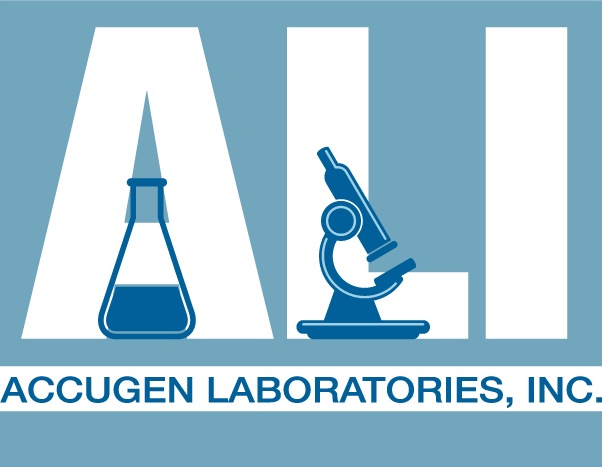Minimum Inhibitory Concentration (MIC)
The MIC or minimum inhibitory concentration test determines antimicrobial activity of a material against a specific bacteria.
The most commonly employed methods are the tube dilution method and agar dilution method. Test products that are not clear or precipitate the growth media are tested by agar dilution method which is similar to the tube dilution method except dilutions are plated on agar.
The tube dilution test is the standard method for determining levels of microbial resistance to an antimicrobial agent.
Serial dilutions of the test agent are made in a liquid microbial growth medium which is inoculated with a standardized number of organisms and incubated for a prescribed time. The lowest concentration (highest dilution) of test agent preventing appearance of turbidity (growth) is considered to be the minimal / minimum inhibitory concentration (MIC). At this dilution the test agent is bacteriostatic.
The minimal bactericidal concentration (MBC) or the minimum lethal concentration (MLC) of an antibacterial is defined as the maximum dilution of the product that will kill a test organism. These concentrations can be determined by subculturing last clear MIC tube onto growth medium and examining for bacterial growth. Serial dilutions are made of the products in bacterial growth media.
MLC cannot be done without testing for MIC.
For quality minimum inhibitory concentration (MIC) service with quick turn around times contact Accugen Laboratories, Inc. by phone at 800-282-7102 or by email at support@accugenlabs.com .













